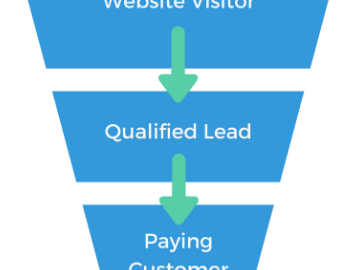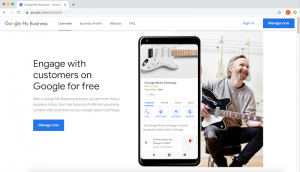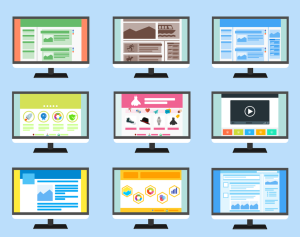— August 14, 2018
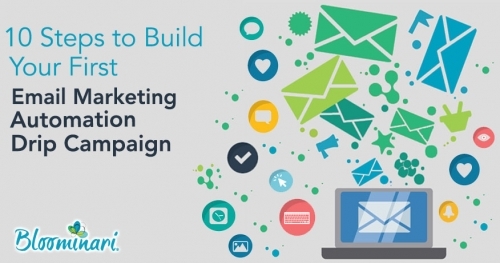
Drip Campaigns can empower your email marketing efforts and get you dramatic results (e.g., engagement and sales).
But it’s not enough to have an email autoresponder tool, knowing how to set it up to work for you while you’re busy doing what you love is the key.
In this guide, I’ll show you how to create a list, send an email, and then automate the response using the right triggers, based on whether or not the initial message was opened.
Before we get into it, let’s get the basics out of the way.
What is Drip Campaign?
Drip Campaign is a series of emails set up to achieve a particular goal. This could be sales of your product, imparting knowledge, subscription to your service, news updates about your company, etc. In essence, you MUST strive to achieve certain KPIs with your drip campaign.
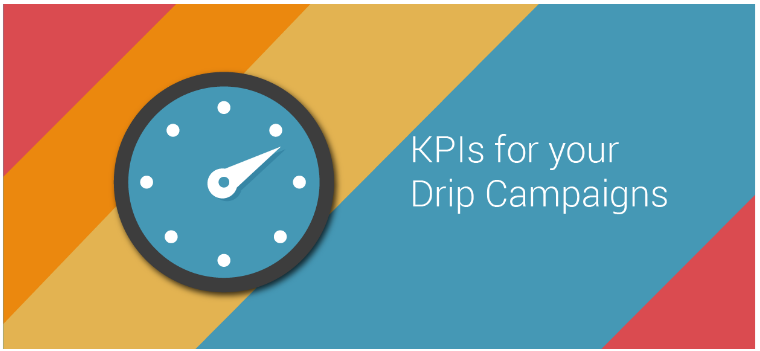
Automated drip campaigns are set up to send emails to subscribers over a period of time. You can also set up triggers or other conditions for the campaign based on the actions of the recipients.
Drip campaigns make email marketing and lead nurturing more effective. Forrester reports that companies that focus on lead nurturing generate 50% more sales-ready leads at 33% lower cost.
According to a survey of B2B marketers, email is their top source of leads and also produces leads with the highest ROI.
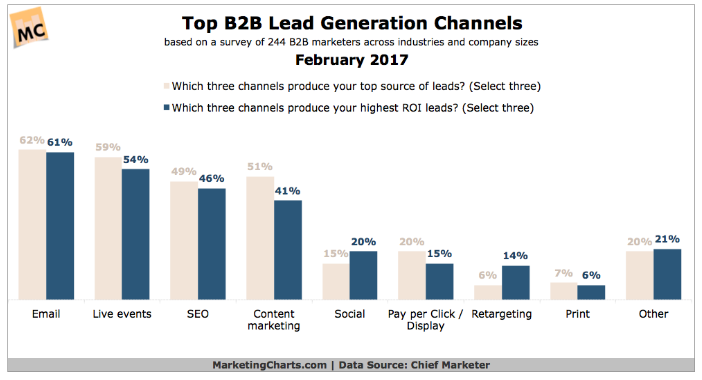
That said, how do you build your first email marketing drip campaign? Let’s consider a few pointers:
1. Create a plan
If you’re building your first email drip campaign, you need to have a plan in place. Without one, you just jump around and lose many potential customers. To make your plan, you have to decide on things like:
i). Email Service provider: There are many email marketing automation software packages today and you need to make a choice that is best for your business. Choosing an email provider could depend on factors like cost, automation features, customer support, the purpose of the campaign, etc.
For instance, if you’re trying to sell info product, you may find ConvertKit or ActiveCampaign more suitable while someone trying to send series of news update may find MailChimp or AWeber suitable.

ii). The number of emails in your drip campaign: Sending too few or too many emails should be avoided. A welcoming email campaign should probably have 2 to 3 emails while a sales campaign could have up to 5 or more.
iii). Length of your emails: This actually depends on individuals and what you think your audience needs. Most times, shorter emails are the norm. But you can go for a longer variation if your campaign requires it and you can write well and hold your readers’ attention.
iv). The Content of your emails: This will be determined by what you want to achieve with your email.
v). Targets for the campaign: This should be clear before you launch your campaign.
2. Set your goals
Before you start your campaign, you need to set goals. What do you want to achieve during and after your campaign?
You can set as many goals as necessary for your campaign. This could also depend on the number of subscribers you have and your industry.
You can set goals for:
- Email open rate
- Click-through rate
- Conversion rate
- Number of sales
- Number of new customers
These goals are important because they give your campaign the focus it needs.
These goals are also one way to know whether your campaign is a success or a failure. Because these goals are what you compare your results to. It is important that you spell your goals as clearly as possible with numbers.
In another sense, you can also set up goals in your workflow. This would lead to an action you have specified. Below is an example of a goal (in green color) in Drip.
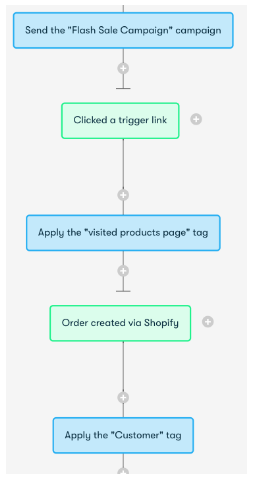
3. Set up your workflow
Your workflow shows the series of emails that will be sent to subscribers during your campaign and at what time. On your workflow, you’ll also set your triggers.
These are your ‘if/then’ commands.
For subscribers who open your email, you set the next email in the sequence. For those who failed to open, they may be sent a variation of the initial email.
Below is an example of a workflow on ActiveCampaign.
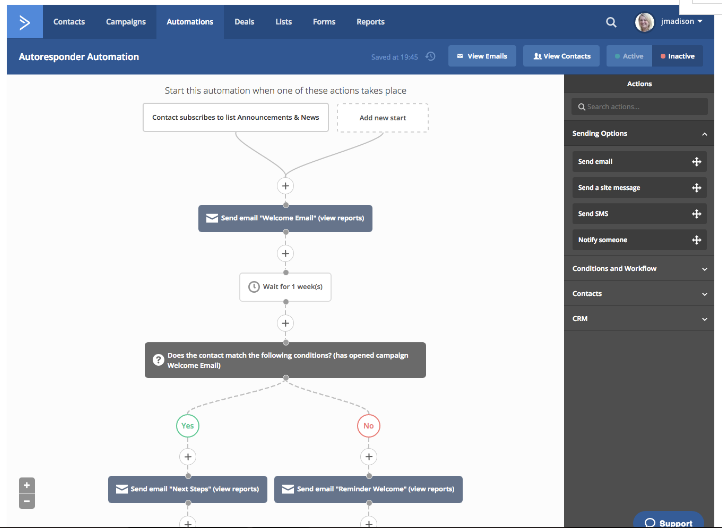
This is an example for ConvertKit. On ConvertKit though, it’s called ‘automation’ and you set up an automation rule which works on an if/then rule.
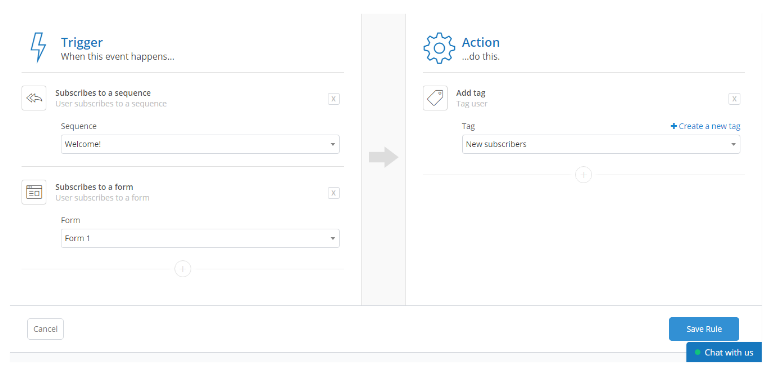
Zachys Wine & Liquor, a wine merchant, focused mainly on offline retail. But then, they created 3 triggered email campaigns to help them reclaim cart, browse, and search abandoners. Through this, they were able to grow their e-commerce revenue by 53%.
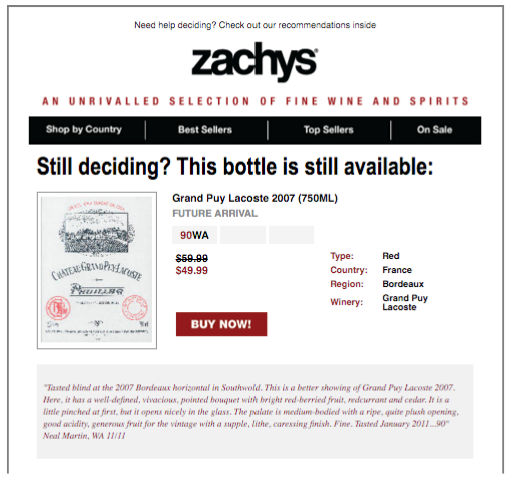
4. Choose relevant KPIs
Many times, it’s easy to get carried away by vanity metrics. Key performance indicators are not the same for every campaign. You need to define the most important metrics that show you’re achieving your goals.
For example, email open rates and click-through rates may be a key performance indicator when your aim is brand awareness. However, a drip campaign for selling a product should have a click-through rate, conversion rate, and the number of sales as key performance indicators.
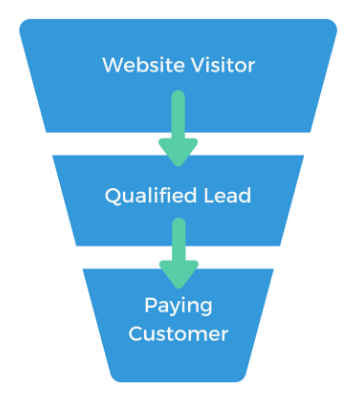
5. Write your emails
Now, we’re getting to the part where you communicate with your subscribers. They don’t see your workflow but they see your emails. A perfect workflow with awful emails equates to an awful drip campaign. Sure, it does!
When writing your emails, it’s recommended that you write all the emails in your campaign once. This is because it enhances continuity in your messages compared to writing days apart.
Probably the most important part of your email is the headline/subject line. This is the first thing subscribers see. They’ll only open your email if the headline is attractive to their interests.
This is an example of an interface for writing emails for your campaign.
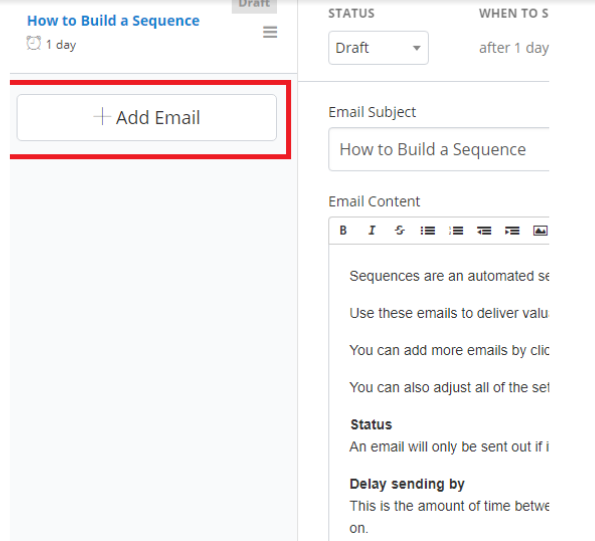
You can add more emails to the sequence.
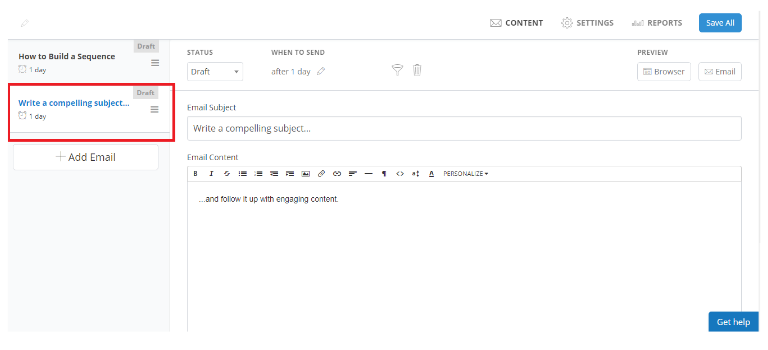
6. Create content that achieves your goals
Writing emails is not enough to get your subscribers interested. You must make up your mind to write ONLY relevant and persuasive emails.
It’s easy to write with cleverly-crafted words and forget the main message of your email. It’s always better to write clear and useful emails, rather than trying to be clever or creative.
Before writing each email in your campaign, you must state its aim and the message you want to pass across to your readers. To create such effective content, you must understand your subscribers’ pain points and address them.
Pardot highlights 6 types of drip campaigns based on content. They are:
- Educational
- Re-engagement
- Top-of-mind
- Promotional
- Competitive
- Training
This is an example of drip emails positioned to achieve its goals. This is by a popular writer Jon Morrow about one of his courses. He uses urgency and fear of missing out to encourage subscribers to sign up.
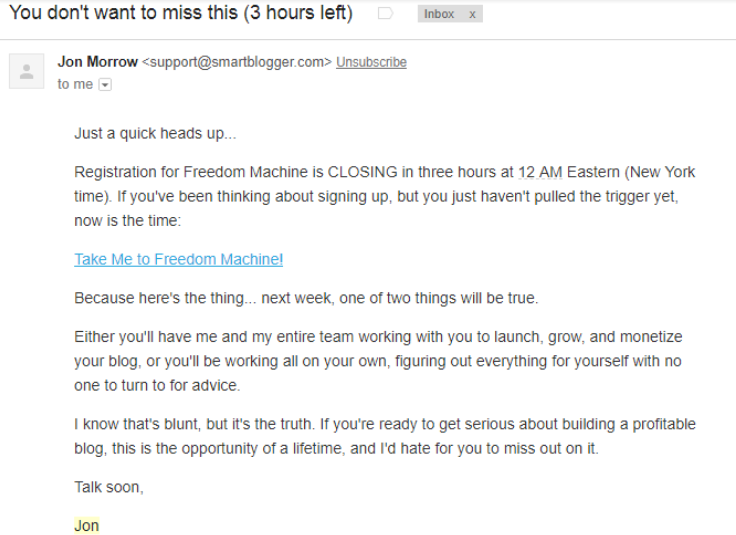
Jon is highly successful at this. In fact, he has programs that make more than $ 10k every month through automated drip campaigns.

7. Load and test
After building your workflow and writing your content, your campaign is almost set. But you need to check for issues before sending to subscribers.
You can use a test email address where you send the emails. This will give you a view of how your subscribers will see your email. You can also pick out irrelevant sentences and improve the format of your email.
8. Send: Go Live
After testing your workflow and emails, it’s time to select the subscriber’s list for your drip campaign. When you select the subscriber’s list, you can activate the drip campaign and it will send the first email as you’ve set it up.
To activate a drip campaign on ActiveCampaign, assuming you’re a user, click on the ‘Active’ button at the top right corner.
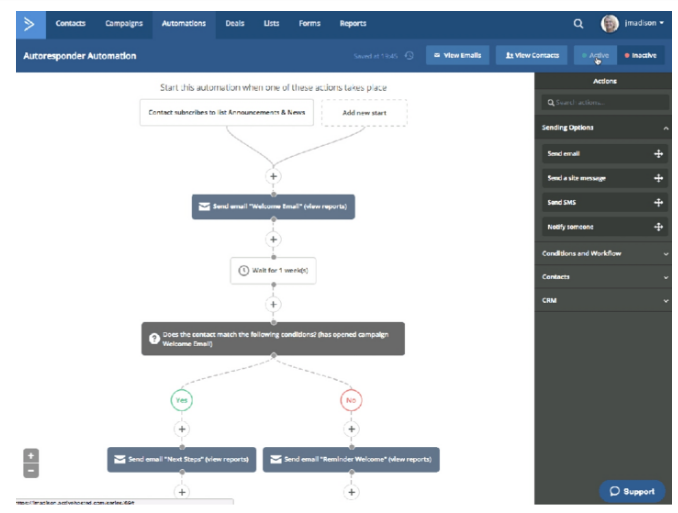
9. Set-up Autoresponder Email
As your recipients read your emails, the next email in the sequence will be sent to them. This is where you set the time for the next email. Will it be daily or 5 days apart? At what time of the day will the email be sent?
There are many studies that come to different conclusions about what time to send emails. Which means there’s no best time for all situations. You need to know your audience and pick the best time. You can know by testing!
10. Measure performance
While running drip campaigns, it’s important to measure the performance of your emails during the campaign. This allows you to judge the performance of your emails and the quality of your leads.
One other pro of measuring performance while a campaign is in progress is that you can make changes to future emails to make them effective. You can also perform A/B tests to see the most effective emails for your audience.
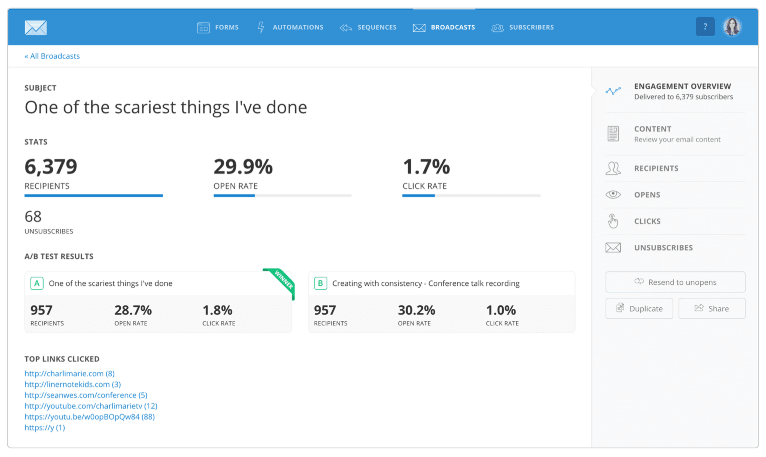
Measuring performance is part of your drip campaign and will continue till the end of the campaign. At the end of your campaign, you can gather all the statistics for the campaign.
This will give you insights into whether you have achieved your goals for the campaign or not. It will also be a learning experience; guiding you on what to do in future drip campaigns and what to avoid.
Conclusion
Building your first email marketing drip campaign may look daunting. But it’s quite easy once you get the ropes.
And when you consider the potential benefits of using drip campaigns, like making money on autopilot, it’s a valuable skill to learn.
You have to know that for your first drip campaign, you don’t have to build something perfect. You just need to know the basics. There are things that you only learn as you get more experience with it.
But how can you gain experience if you don’t start?
Digital & Social Articles on Business 2 Community
(109)
